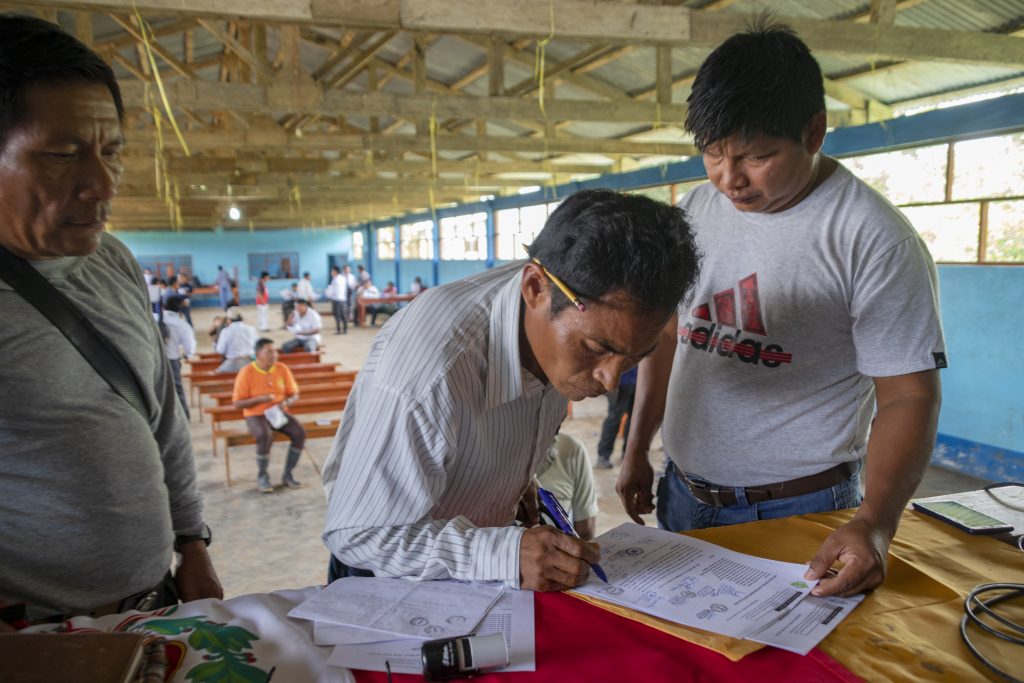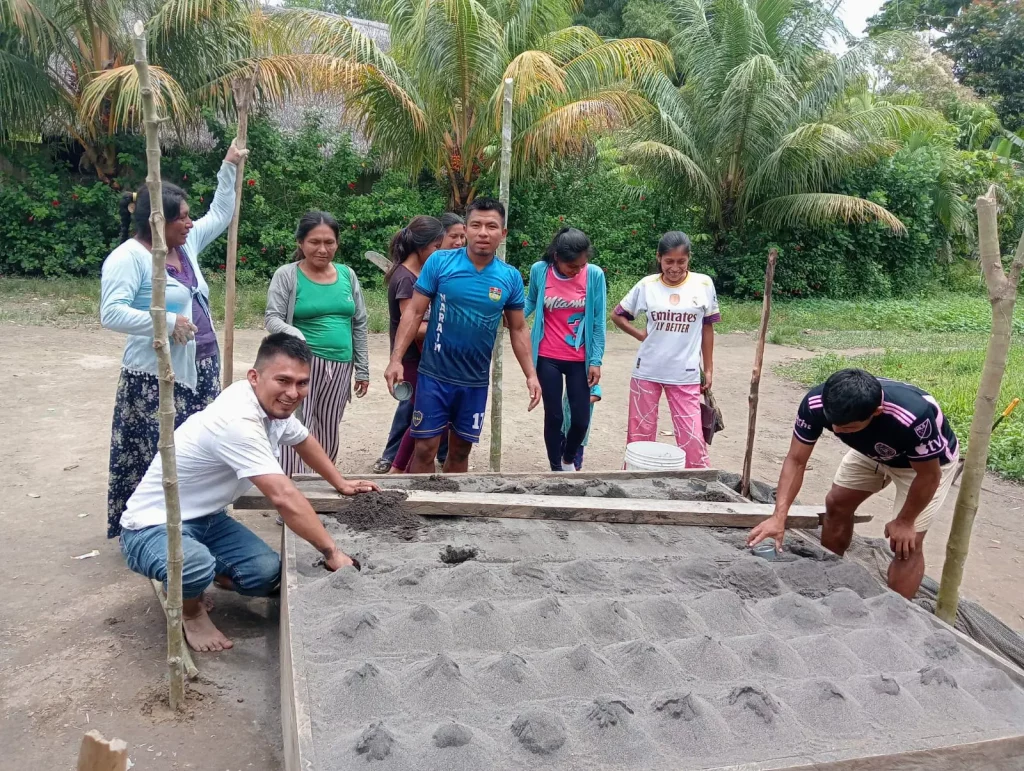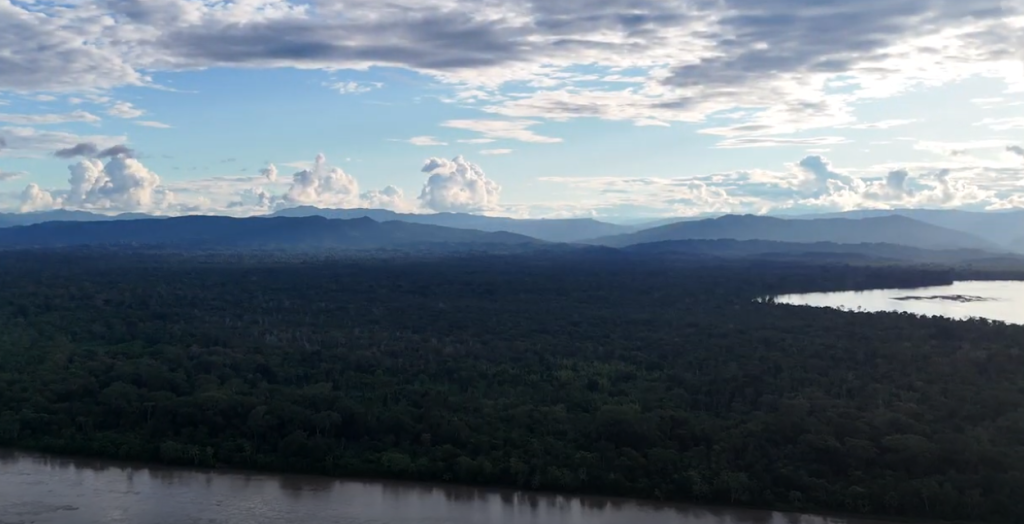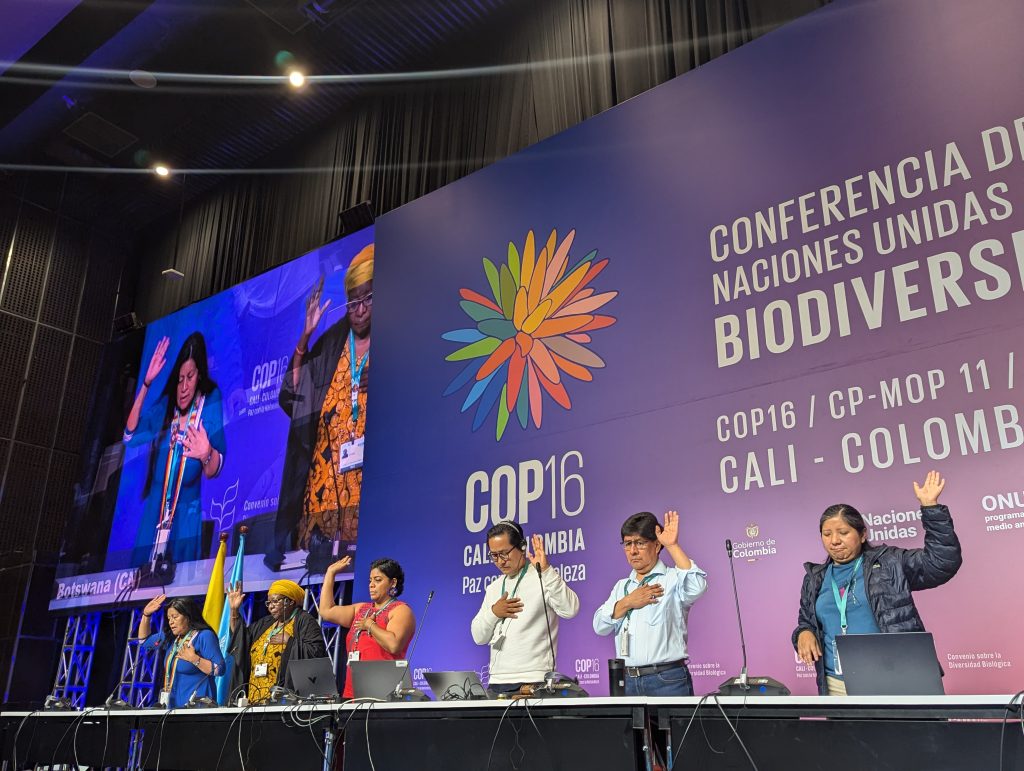The Wampis Indigenous Nation formed their Autonomous Territorial Government (GTANW) in 2015 to govern, manage and protect their territory, which covers 1,327,760 hectares of lowland rainforest across the Santiago/Kanus and Morona/Kankaim river basins in the northern Peruvian Amazon.
The GTANW was born as a natural process out of the socio-historical struggle for dignity and the defense of territorial, social, cultural, educational and economic rights. The institutional vision is to ensure the continuity of the biophysical and cultural existence of one of the millennia-old Amazonian cultures of Peru – the Wampis nation. It is based on an inseparable and mutually beneficial relationship between human and nature, which works towards Tarimat Pujut (Abundant Life).

Country: Peru
Website: nacionwampis.com
X/Twitter: NacionWampis
Facebook: @Gobierno Territorial Autónomo de la Nación Wampís

Teofilo Kukush Pati, Pamuk in Kankaim. Photo by Evaristo Pujupat/GTANW
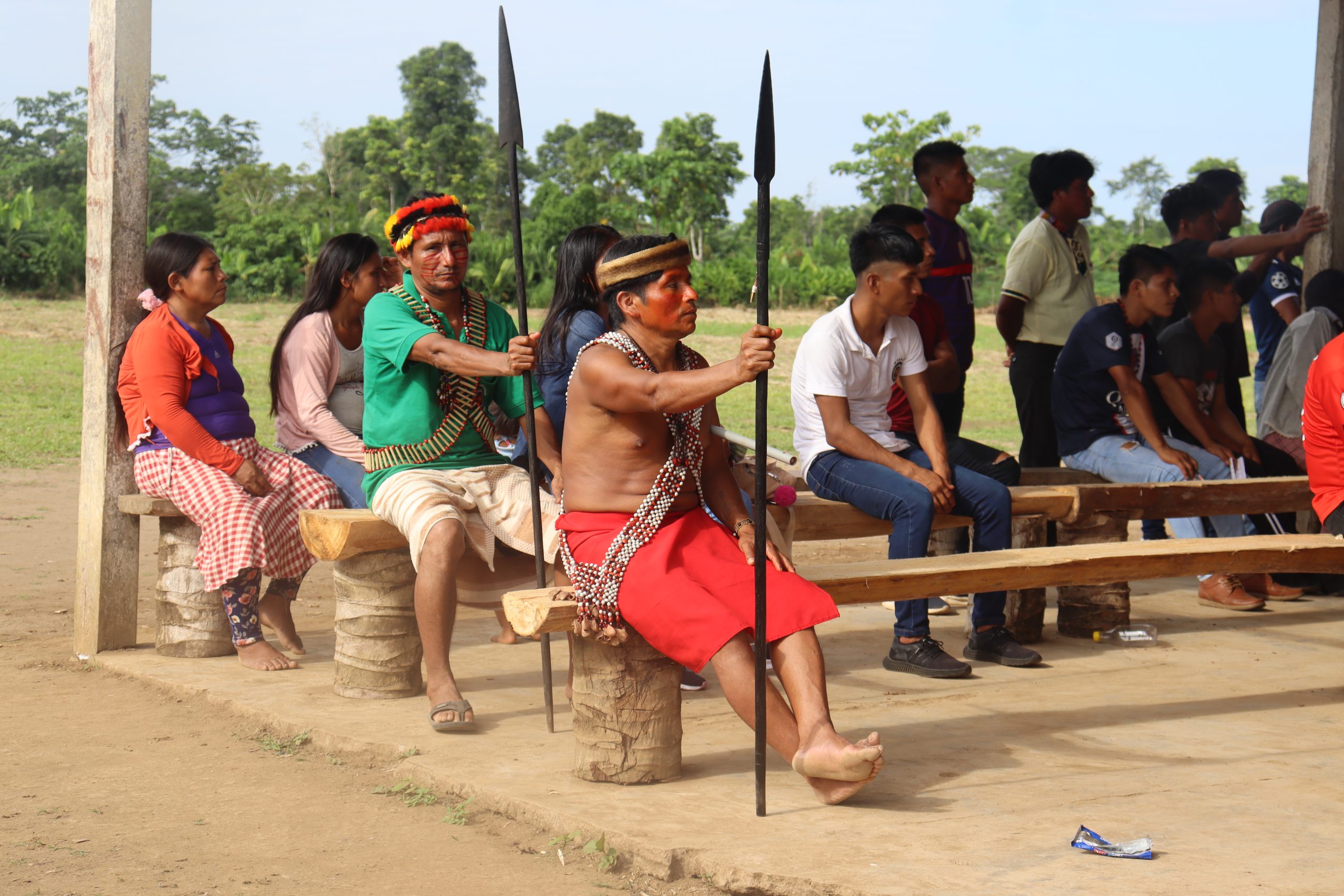
Wampis assembly in Kankaim. Photo by Evaristo Pujupat/GTANW
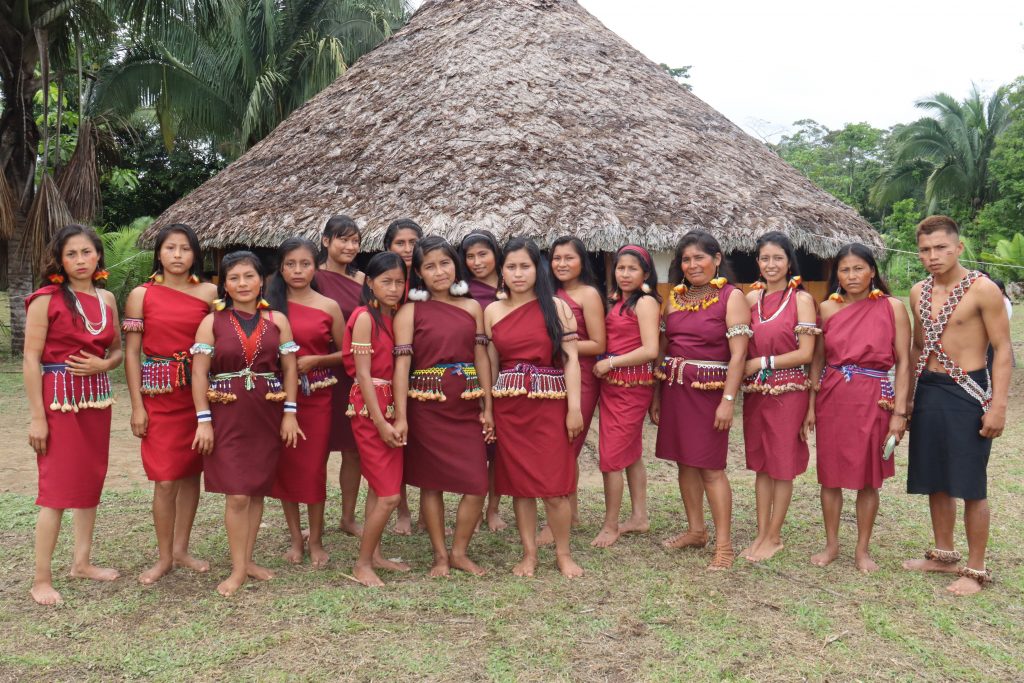
Wampís women at the Nugkui festival. Photo by Evaristo Pujupat/GTANW
Dashed line
Main areas of work
During the past six years, GTANW has developed participatory approaches to managing and protecting their extremely biodiverse lands in the face of mounting external pressures and threats from logging, mining and oil extraction. They also work on internal development, such as through strengthening viable community economies to ensure well-being and quality of life for current and future generations, particularly with marginalised groups (women and youth).
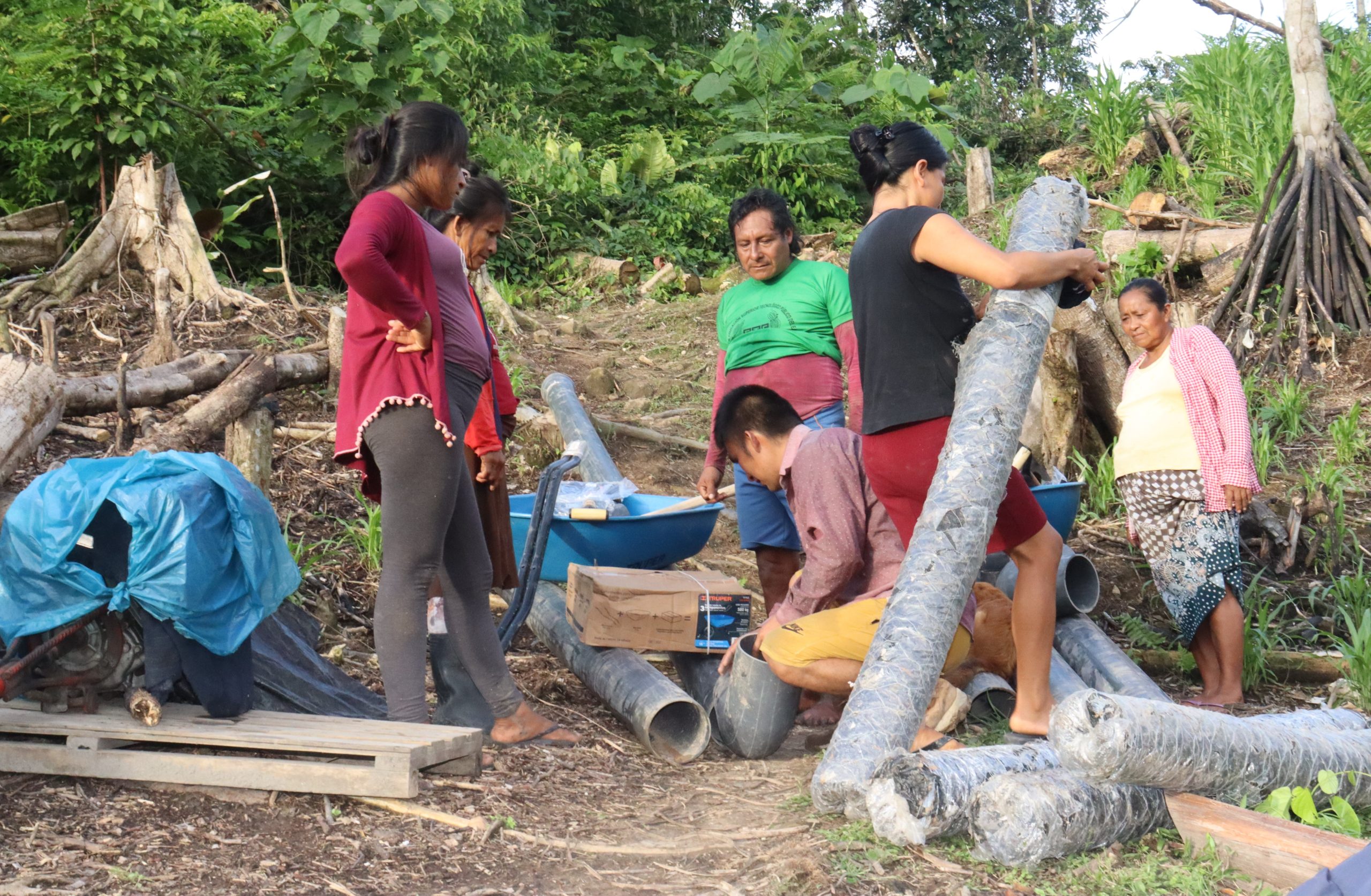
Women at work in Alto Santiago. Photo by Evaristo Pujupat/GTANW
Dashed line
Focus of work in the Transformative Pathways project
The GTANW aims to consolidate the Wampis’ own communal territorial governance systems. Together with participating communities, they also organise, plan and implement the various biodiversity conservation and sustainable use initiatives supported as part of the project across the Wampis’ territory.
The GTANW also leads and facilitates advocacy in relation to key local, national, regional and international decision-makers on policies relating to biodiversity conservation and indigenous territories.
